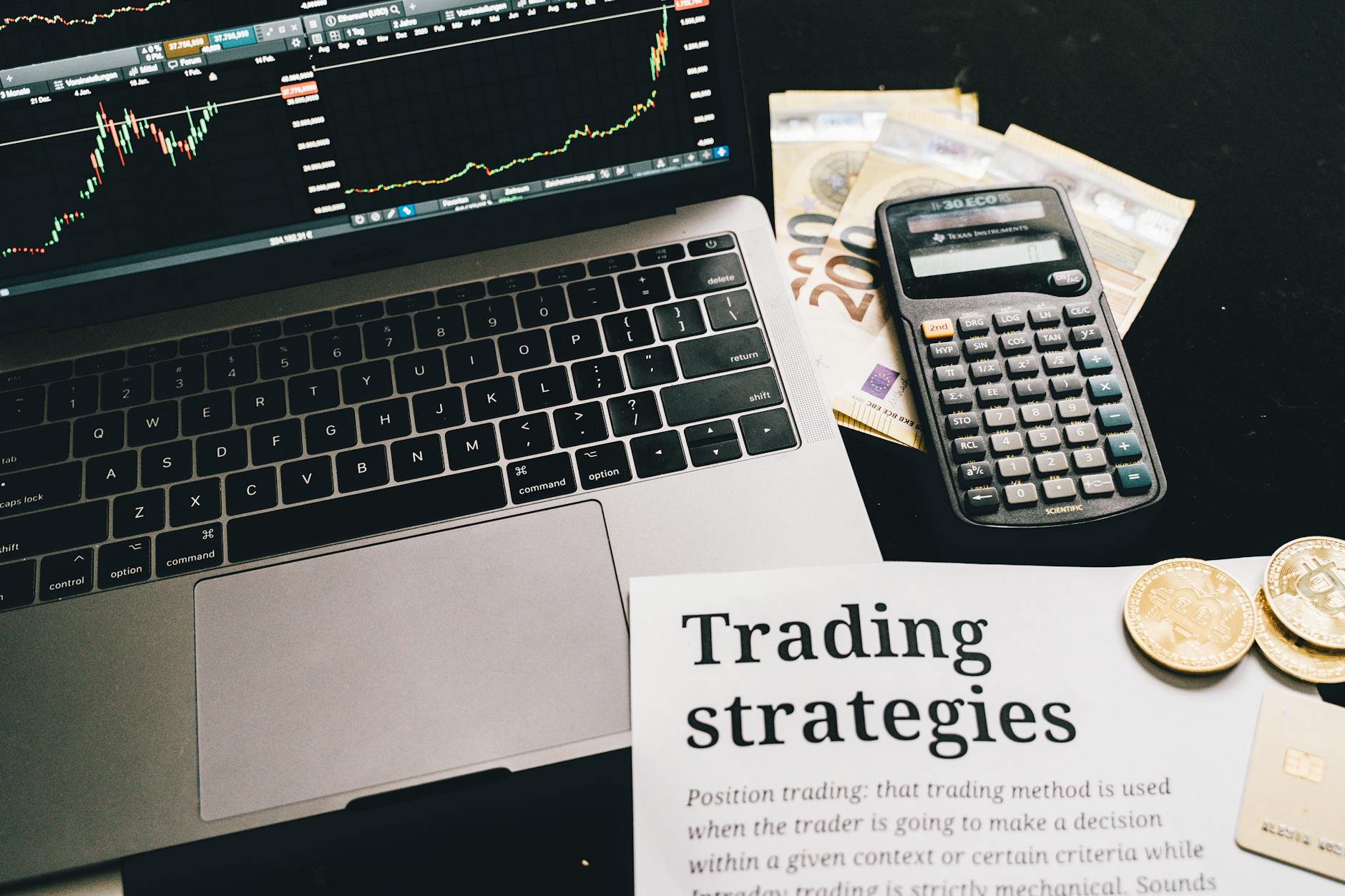Let’s be honest, the market’s a goddamn bloodbath sometimes. You can have the sharpest technical analysis, the most meticulously crafted trading plan, but if your head’s a scrambled mess of emotions, you’re toast. That’s where behavioral finance comes in—it’s the raw, unfiltered truth about the psychological war raging inside your skull every time you trade.
The Psychology of Profit (or Loss)
Forget the corporate jargon and the slick marketing promises. Behavioral finance isn’t some esoteric academic theory; it’s the brutal reality of how your own brain sabotages your trading game. We’re talking about cognitive biases—systematic errors in thinking that lead to consistently bad decisions. Think of it as the market’s version of a headbanger’s hangover: the pain lingers, and you keep making the same mistakes.
One of the biggest culprits? The anchoring bias. This is where you cling to the first piece of information you hear, even if it’s outdated or irrelevant. Saw a stock at $100 last week? You’re going to be reluctant to sell it even if the market’s tanked and it’s now at $50, convinced that $100 is its ‘true’ value. Sounds familiar, huh? It’s a classic case of letting your emotions override logic. Don’t be that guy.
Then there’s the confirmation bias—the nasty habit of only seeking out information that confirms your existing beliefs. If you’re bullish on a stock, you’ll only look at the positive news, ignoring any red flags. This is basically the investing equivalent of ignoring your nagging gut feeling that your band is about to implode. You’re setting yourself up for a fall.
And let’s not forget the overconfidence bias. After a few wins, you’re suddenly the next Warren Buffett. You start taking bigger risks, ignoring the fundamental principles that got you there in the first place. This is where most of us get destroyed. Remember, in the trading world, arrogance is a one-way ticket to the poorhouse.
Managing the Emotional Rollercoaster
Trading is an emotional blood sport. You’re constantly fighting against fear, greed, regret, and a whole host of other nasty little gremlins whispering in your ear. Learning to manage these emotions is crucial. Need a break from the chaos? Grab a modern coffee mug and your favorite Death Metal tunes.
One technique is to develop a clear, written trading plan and stick to it religiously. Emotions cloud judgment, so having a pre-defined strategy helps you bypass your irrational impulses. It’s like having a battle plan – you wouldn’t go into a mosh pit without one, would you?
Another is to use stop-loss orders. These automatically sell your assets when they hit a certain price, protecting you from catastrophic losses. Think of it as your emergency escape route during the market’s inevitable crashes. It’s brutal, but sometimes you gotta bail out before the whole thing goes down in flames.
Regularly reviewing your trading journal is crucial, too. It can help you identify patterns in your behavior and recognize those pesky biases before they screw up your next trade. Self-awareness is your greatest weapon in this arena. You’re not just a trader; you’re a battlefield surgeon treating your own investing wounds.
The Long Game: Patience and Discipline
Success in trading isn’t about making a killing overnight. It’s about playing the long game, understanding that profits are earned through sustained effort and discipline. This requires patience, which many lack. It’s a grind, a marathon not a sprint. Don’t chase quick wins.
Remember, the market is always changing. There’s an old saying: ‘The trend is your friend until it bends,’ meaning that you should stick with your position until there’s a clear sign it’s turning against you. That’s where a healthy dose of self-awareness comes into play again. Are you clinging to a losing trade because of stubbornness or because you simply can’t face your losses? Identify it, cut your losses, and move on. This isn’t easy, but you will survive it.
Understanding your investing psychology is a critical component of becoming a successful trader. It’s more than just numbers and charts; it’s about understanding the emotional minefield of the market and equipping yourself with the strategies and discipline to navigate it. It’s about taking the fight to your own brain and winning. So sharpen your mind, embrace the chaos, and conquer those investing demons!
For further reading on cognitive biases and their impact on investment decisions, check out this research from the Behavioral Economics website and this insightful article from the Investopedia. Now go forth and conquer.


